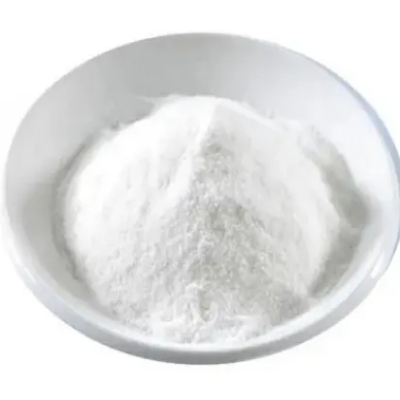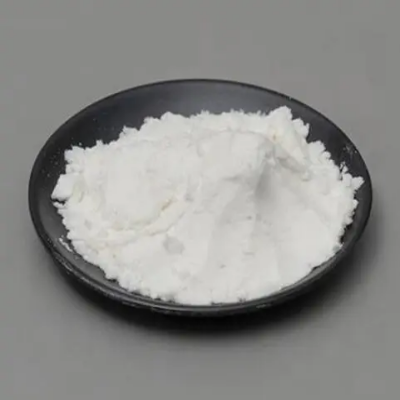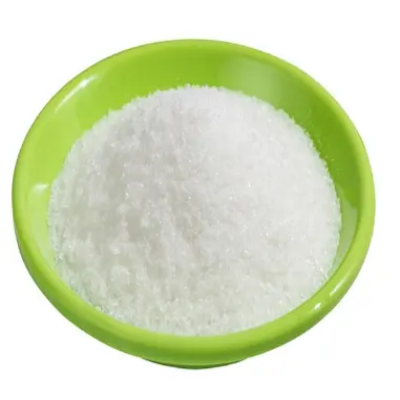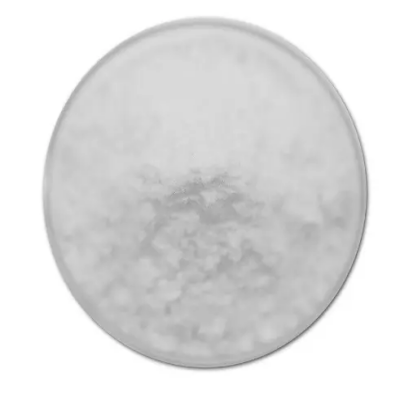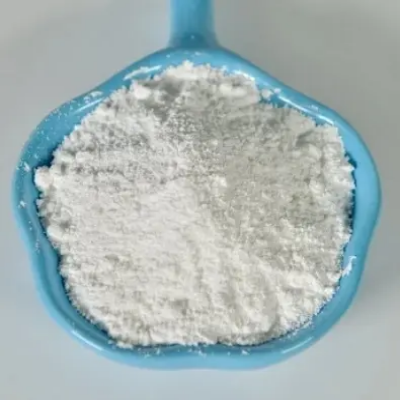Ethyl L-thiazolidine-4-carboxylate hydrochloride CAS:86028-91-3
The molecular structure of Ethyl L-thiazolidine-4-carboxylate hydrochloride comprises a thiazolidine ring substituted with an ethyl ester at the 4-position, stabilized by a hydrochloride salt. This structural arrangement imparts essential physicochemical properties such as solubility, stability, and reactivity, which are fundamental for its pharmaceutical utility. The presence of the thiazolidine ring and ethyl ester group enhances the compound's potential interactions with biological targets, influencing its pharmacological efficacy. Synthesis and Applications Synthesis of Ethyl L-thiazolidine-4-carboxylate hydrochloride typically involves multi-step procedures starting from commercially available starting materials. Common synthetic routes may include cyclization reactions of appropriate precursors followed by esterification to introduce the ethyl ester group onto the thiazolidine ring, culminating in salt formation with hydrochloric acid. The synthesized compound finds applications in medicinal chemistry as an intermediate for developing therapeutic agents targeting various diseases. Pharmaceutical Relevance In medicinal chemistry, derivatives of Ethyl L-thiazolidine-4-carboxylate hydrochloride exhibit promising pharmacological activities, including anti-inflammatory and antioxidant properties. The compound's molecular architecture allows for specific interactions with biological targets, making it valuable for the synthesis of potential drug candidates. Researchers explore its structural diversity to optimize pharmacokinetic profiles and enhance therapeutic efficacy, addressing critical medical needs and advancing drug discovery efforts. Therapeutic Potential The diverse pharmacological profile of derivatives of Ethyl L-thiazolidine-4-carboxylate hydrochloride positions them as promising candidates for treating inflammatory conditions and oxidative stress-related disorders. The compound's ability to modulate specific molecular pathways underscores its therapeutic potential, driving ongoing research efforts to elucidate its mechanisms of action and optimize clinical outcomes. Conclusion In conclusion, Ethyl L-thiazolidine-4-carboxylate hydrochloride emerges as a pivotal compound with significant implications in medicinal chemistry and drug discovery. Its unique molecular structure and diverse pharmacological activities make it a valuable tool for researchers aiming to develop innovative therapies for a wide range of medical conditions. As scientific investigations into its biological properties and synthetic methodologies progress, further insights are anticipated to accelerate its translation into clinical applications, ultimately benefiting global healthcare efforts.



| Composition | C6H12ClNO2S |
| Assay | 99% |
| Appearance | white powder |
| CAS No. | 86028-91-3 |
| Packing | Small and bulk |
| Shelf Life | 2 years |
| Storage | Store in cool and dry area |
| Certification | ISO. |


